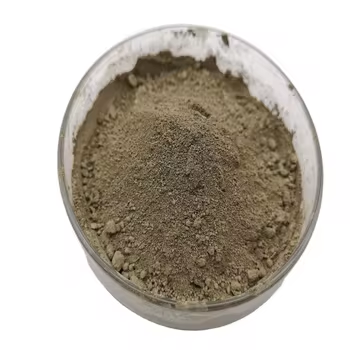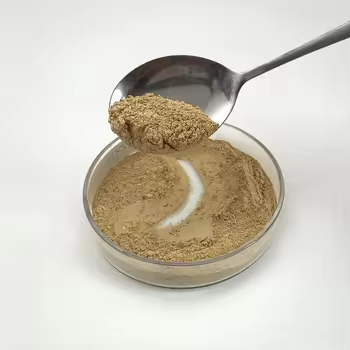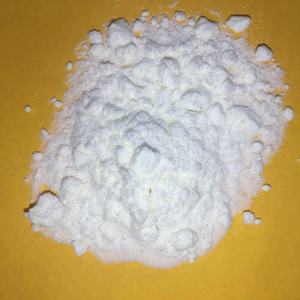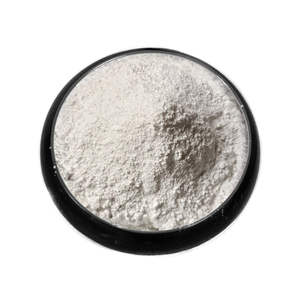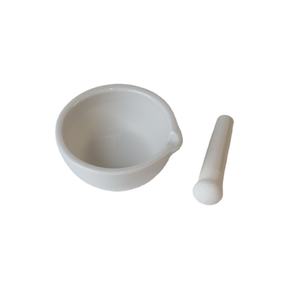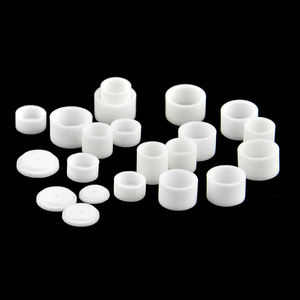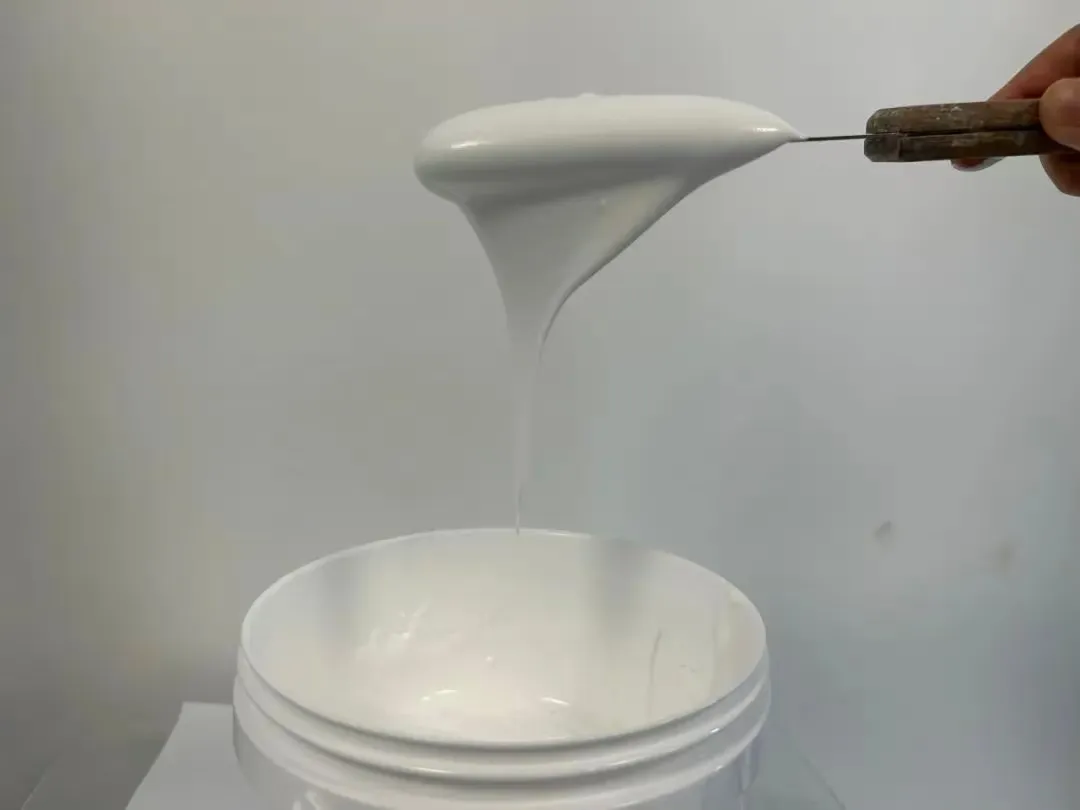1. Basic Properties and Nanoscale Habits of Silicon at the Submicron Frontier
1.1 Quantum Arrest and Electronic Structure Improvement
(Nano-Silicon Powder)
Nano-silicon powder, made up of silicon fragments with particular measurements listed below 100 nanometers, stands for a standard change from bulk silicon in both physical behavior and functional utility.
While bulk silicon is an indirect bandgap semiconductor with a bandgap of about 1.12 eV, nano-sizing generates quantum confinement impacts that fundamentally alter its electronic and optical properties.
When the bit size approaches or drops listed below the exciton Bohr span of silicon (~ 5 nm), fee service providers come to be spatially restricted, bring about a widening of the bandgap and the development of visible photoluminescence– a sensation missing in macroscopic silicon.
This size-dependent tunability makes it possible for nano-silicon to discharge light across the visible spectrum, making it an appealing candidate for silicon-based optoelectronics, where traditional silicon falls short as a result of its bad radiative recombination effectiveness.
Furthermore, the raised surface-to-volume ratio at the nanoscale boosts surface-related phenomena, consisting of chemical reactivity, catalytic activity, and communication with electromagnetic fields.
These quantum results are not merely academic curiosities yet develop the structure for next-generation applications in power, noticing, and biomedicine.
1.2 Morphological Diversity and Surface Chemistry
Nano-silicon powder can be manufactured in numerous morphologies, including round nanoparticles, nanowires, porous nanostructures, and crystalline quantum dots, each offering distinct advantages depending on the target application.
Crystalline nano-silicon normally keeps the ruby cubic framework of bulk silicon but shows a higher density of surface issues and dangling bonds, which need to be passivated to stabilize the material.
Surface functionalization– frequently achieved through oxidation, hydrosilylation, or ligand accessory– plays a vital duty in establishing colloidal stability, dispersibility, and compatibility with matrices in compounds or organic environments.
For example, hydrogen-terminated nano-silicon reveals high reactivity and is prone to oxidation in air, whereas alkyl- or polyethylene glycol (PEG)-layered bits exhibit improved security and biocompatibility for biomedical usage.
( Nano-Silicon Powder)
The visibility of a native oxide layer (SiOₓ) on the particle surface, even in minimal quantities, substantially influences electrical conductivity, lithium-ion diffusion kinetics, and interfacial reactions, specifically in battery applications.
Recognizing and managing surface area chemistry is for that reason important for utilizing the complete potential of nano-silicon in useful systems.
2. Synthesis Techniques and Scalable Fabrication Techniques
2.1 Top-Down Strategies: Milling, Etching, and Laser Ablation
The manufacturing of nano-silicon powder can be extensively categorized right into top-down and bottom-up methods, each with distinctive scalability, purity, and morphological control characteristics.
Top-down techniques include the physical or chemical reduction of mass silicon right into nanoscale fragments.
High-energy sphere milling is a widely utilized industrial technique, where silicon pieces undergo extreme mechanical grinding in inert ambiences, resulting in micron- to nano-sized powders.
While economical and scalable, this technique usually introduces crystal flaws, contamination from crushing media, and wide particle size distributions, requiring post-processing filtration.
Magnesiothermic decrease of silica (SiO ₂) followed by acid leaching is another scalable route, particularly when utilizing natural or waste-derived silica resources such as rice husks or diatoms, providing a sustainable path to nano-silicon.
Laser ablation and reactive plasma etching are a lot more specific top-down methods, capable of producing high-purity nano-silicon with controlled crystallinity, however at higher price and lower throughput.
2.2 Bottom-Up Approaches: Gas-Phase and Solution-Phase Development
Bottom-up synthesis permits higher control over fragment size, shape, and crystallinity by constructing nanostructures atom by atom.
Chemical vapor deposition (CVD) and plasma-enhanced CVD (PECVD) allow the growth of nano-silicon from aeriform precursors such as silane (SiH FOUR) or disilane (Si ₂ H SIX), with parameters like temperature level, pressure, and gas circulation dictating nucleation and development kinetics.
These methods are particularly reliable for producing silicon nanocrystals installed in dielectric matrices for optoelectronic devices.
Solution-phase synthesis, including colloidal routes making use of organosilicon compounds, permits the manufacturing of monodisperse silicon quantum dots with tunable exhaust wavelengths.
Thermal decomposition of silane in high-boiling solvents or supercritical liquid synthesis additionally produces premium nano-silicon with narrow size circulations, suitable for biomedical labeling and imaging.
While bottom-up techniques typically generate remarkable worldly quality, they encounter obstacles in massive production and cost-efficiency, demanding continuous study into hybrid and continuous-flow procedures.
3. Energy Applications: Transforming Lithium-Ion and Beyond-Lithium Batteries
3.1 Role in High-Capacity Anodes for Lithium-Ion Batteries
Among the most transformative applications of nano-silicon powder depends on power storage space, particularly as an anode product in lithium-ion batteries (LIBs).
Silicon supplies an academic certain capability of ~ 3579 mAh/g based upon the development of Li ₁₅ Si ₄, which is almost 10 times more than that of standard graphite (372 mAh/g).
Nevertheless, the big volume growth (~ 300%) during lithiation triggers bit pulverization, loss of electrical get in touch with, and continuous solid electrolyte interphase (SEI) formation, resulting in rapid capacity discolor.
Nanostructuring alleviates these issues by shortening lithium diffusion paths, accommodating stress better, and minimizing crack likelihood.
Nano-silicon in the form of nanoparticles, permeable frameworks, or yolk-shell structures makes it possible for reversible biking with improved Coulombic performance and cycle life.
Commercial battery technologies currently include nano-silicon blends (e.g., silicon-carbon compounds) in anodes to improve energy thickness in customer electronic devices, electrical lorries, and grid storage systems.
3.2 Prospective in Sodium-Ion, Potassium-Ion, and Solid-State Batteries
Beyond lithium-ion systems, nano-silicon is being explored in arising battery chemistries.
While silicon is much less reactive with sodium than lithium, nano-sizing enhances kinetics and makes it possible for limited Na ⁺ insertion, making it a prospect for sodium-ion battery anodes, particularly when alloyed or composited with tin or antimony.
In solid-state batteries, where mechanical stability at electrode-electrolyte interfaces is essential, nano-silicon’s ability to go through plastic deformation at little ranges decreases interfacial stress and anxiety and improves get in touch with maintenance.
Additionally, its compatibility with sulfide- and oxide-based strong electrolytes opens methods for safer, higher-energy-density storage space remedies.
Research remains to enhance interface design and prelithiation approaches to make best use of the long life and effectiveness of nano-silicon-based electrodes.
4. Arising Frontiers in Photonics, Biomedicine, and Compound Products
4.1 Applications in Optoelectronics and Quantum Light Sources
The photoluminescent residential or commercial properties of nano-silicon have actually rejuvenated efforts to develop silicon-based light-emitting gadgets, a long-lasting obstacle in incorporated photonics.
Unlike mass silicon, nano-silicon quantum dots can show reliable, tunable photoluminescence in the noticeable to near-infrared array, allowing on-chip light sources suitable with corresponding metal-oxide-semiconductor (CMOS) technology.
These nanomaterials are being integrated right into light-emitting diodes (LEDs), photodetectors, and waveguide-coupled emitters for optical interconnects and sensing applications.
Additionally, surface-engineered nano-silicon displays single-photon discharge under specific problem setups, positioning it as a potential platform for quantum data processing and safe and secure interaction.
4.2 Biomedical and Environmental Applications
In biomedicine, nano-silicon powder is obtaining attention as a biocompatible, naturally degradable, and safe option to heavy-metal-based quantum dots for bioimaging and medicine shipment.
Surface-functionalized nano-silicon bits can be made to target specific cells, launch therapeutic representatives in reaction to pH or enzymes, and give real-time fluorescence monitoring.
Their destruction right into silicic acid (Si(OH)FOUR), a normally happening and excretable substance, decreases long-lasting toxicity issues.
In addition, nano-silicon is being checked out for ecological remediation, such as photocatalytic degradation of toxins under noticeable light or as a decreasing agent in water therapy processes.
In composite products, nano-silicon boosts mechanical stamina, thermal stability, and use resistance when incorporated right into steels, porcelains, or polymers, especially in aerospace and automobile elements.
Finally, nano-silicon powder stands at the intersection of basic nanoscience and commercial advancement.
Its special combination of quantum results, high reactivity, and flexibility throughout energy, electronic devices, and life scientific researches highlights its function as a crucial enabler of next-generation modern technologies.
As synthesis methods advance and integration obstacles are overcome, nano-silicon will certainly continue to drive development towards higher-performance, sustainable, and multifunctional product systems.
5. Vendor
TRUNNANO is a supplier of Spherical Tungsten Powder with over 12 years of experience in nano-building energy conservation and nanotechnology development. It accepts payment via Credit Card, T/T, West Union and Paypal. Trunnano will ship the goods to customers overseas through FedEx, DHL, by air, or by sea. If you want to know more about Spherical Tungsten Powder, please feel free to contact us and send an inquiry(sales5@nanotrun.com).
Tags: Nano-Silicon Powder, Silicon Powder, Silicon
All articles and pictures are from the Internet. If there are any copyright issues, please contact us in time to delete.
Inquiry us
